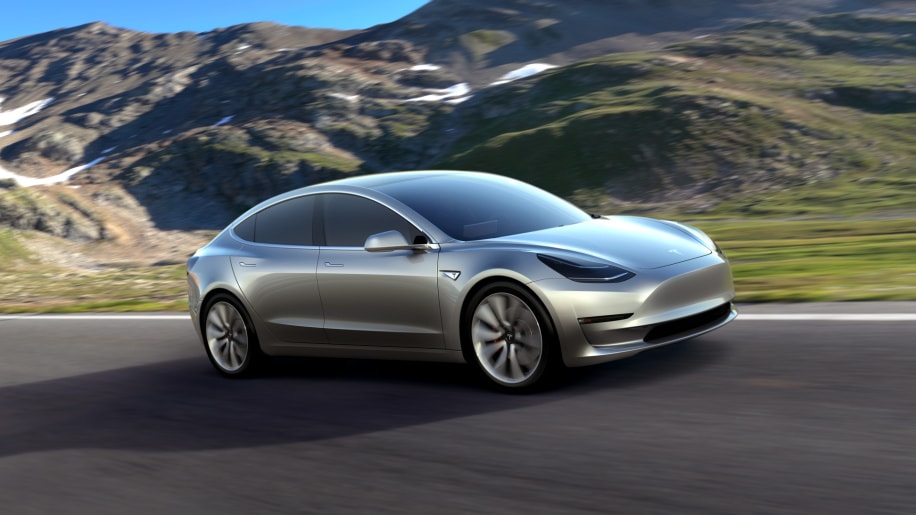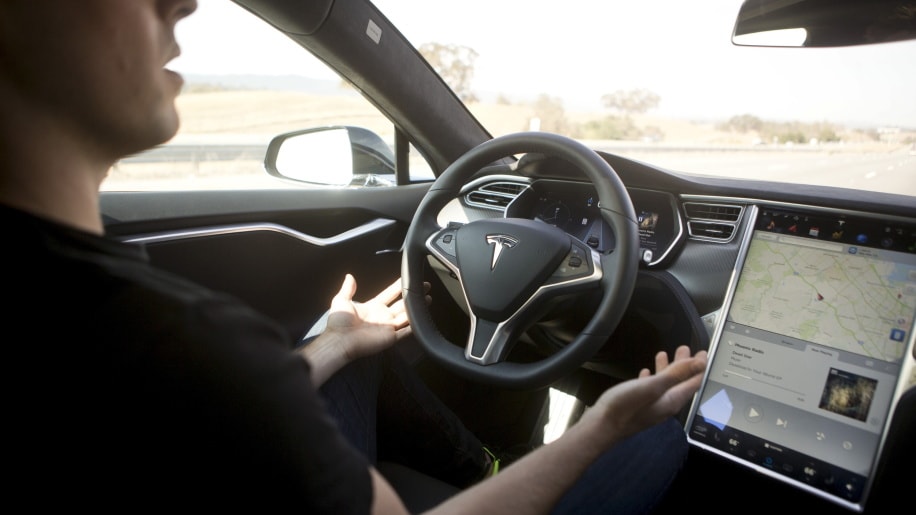Our phones can predict our lives, why not cars too?
Sven Gustafson


Image Credit: Tesla
Tesla Adds Level 5 Autonomous Driving Hardware
Tesla announced last night that it's taking a stab at Level 5 autonomous driving, the holy grail of driverless technology, with a slew of new hardware it will install as standard on all new Model 3 and Model S sedans and Model X crossovers.While Tesla's announcement marks a significant step forward in the quest for a truly driverless car, it's important to understand what Level 5 autonomy means, what kind of new technology is in place on the automaker's upcoming models, and what it's going to cost drivers in the short term.

Image Credit: Beck Diefenbach / Reuters
Level 3 vs. Level 5 Autonomy
Why
is Level 5 such a big deal? Well, it's quite simple. The original
Autopilot system employed by thousands of Tesla owners is what the
Society of Automotive Engineers calls Level 3 or "conditional
automation." In these vehicles, the SAE explains, the car handles
acceleration, brakes, and steering while monitoring the outside
environment in certain driving modes. But a human still needs to sit
behind the wheel for any "dynamic driving task," like steering, braking,
accelerating, watching the road, changing lanes, using turn signals,
and responding to events.
A full Level 5 vehicle doesn't require a human. Period. The car's
systems are capable of handling any situation on the road without a
driver's input. That means you could theoretically take a nap or read a
book. Like we said, Level 5 autonomy is the holy grail.
No comments:
Post a Comment